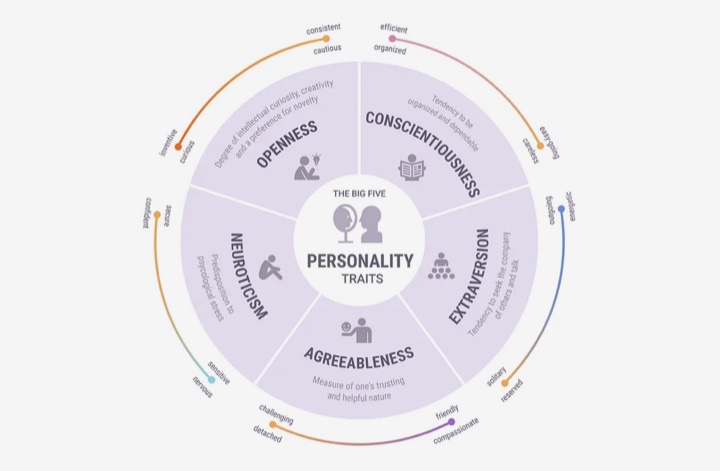“Encontrei 3 problemas de design no site do Enjoei.
Primeiro erro: não permitem fazer nada sem conta — nem comprar, nem fazer oferta, nem mesmo adicionar no carrinho. Isso é um matador de conversão. Primeiro, deixe que usem o produto, depois cobrem. Viés da Reciprocidade: isso diminuiria a taxa de rejeição.
Segundo erro: quando entrei, vi a loja oficial da influenciadora Jade Picon. Uma cada dez pessoas é “viciada” em celebridades, diz a Síndrome de Adoração à Celebridade, de Lynn McCutcheon, e pagariam bem para usar as mesmas roupas que seus ídolos. Mas, fiquei na dúvida se as roupas foram de fato usadas por Jade, o que perderia valor. Na loja dela, tinha mais de 5 mil itens: ou ela tem uma fábrica no quintal da casa ou realmente não repete roupa.
Terceiro erro: quando acesso o carrinho de compras, não tem botão para finalizar a compra. Aliás, a tela do carrinho está sobrecarregada: abas, banners coloridos, menu lateral. Sobrecarga de Escolha pode causar abandono de carrinho.
Cadê o número de produtos no ícone do carrinho? Isso diminui a percepção de que há produto na sacola. De acordo com a “curva do esquecimento” de Ebbinghaus, com o passar do tempo, se não abrirem o carrinho com frequência, as informações do produto podem cair para cerca de 40% na mente do usuário.
Se quiser que eu analise o seu site ou aplicativo, comenta aí!”
Referências:
- Maltby, John, et al. “Celebrity worship, cognitive flexibility, and social complexity.” Personality and Individual Differences 37.7 (2004): 1475-1482.
- Fagerstrøm, Asle. “The motivating effect of antecedent stimuli on the web shop: A conjoint analysis of the impact of antecedent stimuli at the point of online purchase.” Consumer Behavior Analysis. Routledge, 2014. 161-182.
- Jiang, Dan, Guangling Zhang, and Lu Wang. “Empty the Shopping Cart? The Effect of Shopping Cart Item Sorting on Online Shopping Cart Abandonment Behavior.” Journal of Theoretical and Applied Electronic Commerce Research 16.6 (2021): 1973-1996.
- Murre, Jaap MJ, and Joeri Dros. “Replication and analysis of Ebbinghaus’ forgetting curve.” PloS one 10.7 (2015): e0120644.
- The $300 Million Button (Jared Spool) — Wroblewski, Luke. Web form design: filling in the blanks. Rosenfeld Media, 2008.
🇺🇸 English version
UX Design mistakes: analysis of the Enjoei marketplace, based on applied psychology principles
“I found 3 design problems on the Enjoei website.
Second mistake: they don’t allow you to do anything without an account — not buy, make an offer, or even add to cart. This is a conversion killer. First let them use the product, then cover. Reciprocity Bias: This would lower the bounce rate.
Second mistake: when I entered, I saw the official store of influencer Jade Picon. One in ten people are “addicted” to celebrities, says Lynn McCutcheon’s Celebrity Worship Syndrome, and they would pay well to wear the same clothes as their idols. But, I was in doubt if the clothes were actually used by Jade, which would lose value. In her store, there were more than 5 thousand items: either she has a factory in her backyard or she doesn’t really repeat clothes.
Third mistake: when I access the shopping cart, there is no button to checkout. By the way, the cart screen is overloaded: tabs, colorful banners, side menu. Choice Overload can cause cart abandonment.
Where is the number of products in the cart icon? This diminishes the perception that there is product in the bag. According to Ebbinghaus’s “forgetting curve”, over time, if they don’t open their cart often, product information can drop to around 40% in the user’s mind.
If you want me to review your website or app, please comment!”
References:
- Maltby, John, et al. “Celebrity worship, cognitive flexibility, and social complexity.” Personality and Individual Differences 37.7 (2004): 1475-1482.
- Fagerstrøm, Asle. “The motivating effect of antecedent stimuli on the web shop: A conjoint analysis of the impact of antecedent stimuli at the point of online purchase.” Consumer Behavior Analysis. Routledge, 2014. 161-182.
- Jiang, Dan, Guangling Zhang, and Lu Wang. “Empty the Shopping Cart? The Effect of Shopping Cart Item Sorting on Online Shopping Cart Abandonment Behavior.” Journal of Theoretical and Applied Electronic Commerce Research 16.6 (2021): 1973-1996.
- Murre, Jaap MJ, and Joeri Dros. “Replication and analysis of Ebbinghaus’ forgetting curve.” PloS one 10.7 (2015): e0120644.
- The $300 Million Button (Jared Spool) — Wroblewski, Luke. Web form design: filling in the blanks. Rosenfeld Media, 2008.
Watch more videos on Psychology applied to UX Design and cognitive biases on the Design From Human channel.

